Refine listing
Actions for selected content:
2251 results in Cambridge Elements
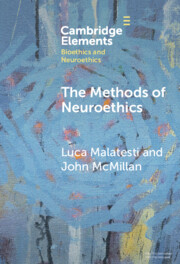
The Methods of Neuroethics
-
- Published online:
- 12 January 2024
- Print publication:
- 08 February 2024
-
- Element
- Export citation
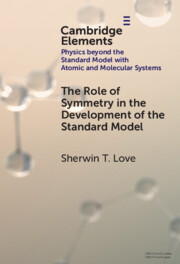
The Role of Symmetry in the Development of the Standard Model
-
- Published online:
- 12 January 2024
- Print publication:
- 08 February 2024
-
- Element
- Export citation
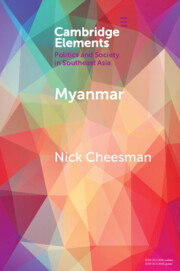
Myanmar
- A Political Lexicon
-
- Published online:
- 11 January 2024
- Print publication:
- 01 February 2024
-
- Element
- Export citation
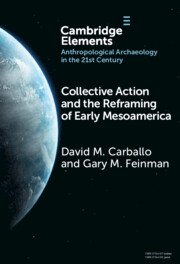
Collective Action and the Reframing of Early Mesoamerica
-
- Published online:
- 11 January 2024
- Print publication:
- 22 February 2024
-
- Element
- Export citation
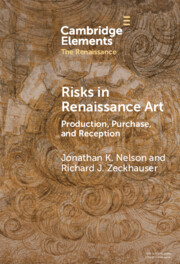
Risks in Renaissance Art
- Production, Purchase, and Reception
-
- Published online:
- 11 January 2024
- Print publication:
- 21 March 2024
-
- Element
- Export citation
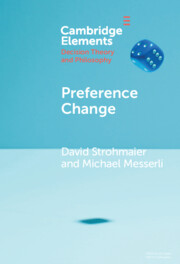
Preference Change
-
- Published online:
- 11 January 2024
- Print publication:
- 01 February 2024
-
- Element
-
- You have access
- Open access
- HTML
- Export citation
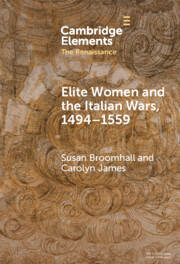
Elite Women and the Italian Wars, 1494–1559
-
- Published online:
- 11 January 2024
- Print publication:
- 11 April 2024
-
- Element
- Export citation
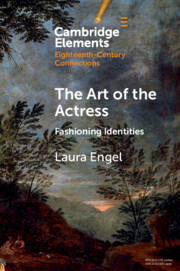
The Art of the Actress
- Fashioning Identities
-
- Published online:
- 10 January 2024
- Print publication:
- 08 February 2024
-
- Element
- Export citation
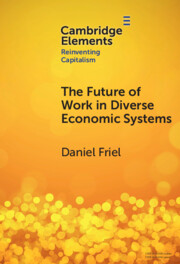
The Future of Work in Diverse Economic Systems
- The Varieties of Capitalism Perspective
-
- Published online:
- 09 January 2024
- Print publication:
- 15 February 2024
-
- Element
- Export citation
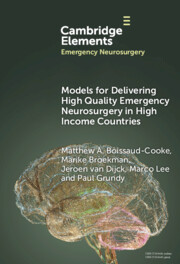
Models for Delivering High Quality Emergency Neurosurgery in High Income Countries
-
- Published online:
- 06 January 2024
- Print publication:
- 01 February 2024
-
- Element
- Export citation
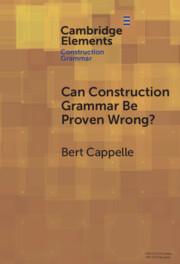
Can Construction Grammar Be Proven Wrong?
-
- Published online:
- 05 January 2024
- Print publication:
- 01 February 2024
-
- Element
- Export citation
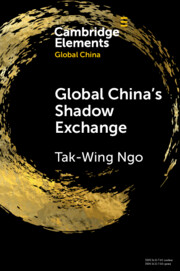
Global China's Shadow Exchange
-
- Published online:
- 05 January 2024
- Print publication:
- 01 February 2024
-
- Element
- Export citation
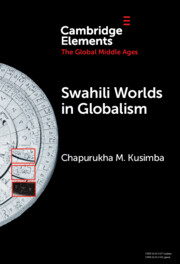
Swahili Worlds in Globalism
-
- Published online:
- 31 December 2023
- Print publication:
- 18 January 2024
-
- Element
- Export citation
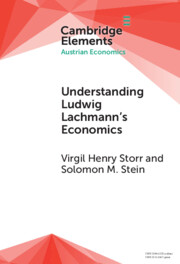
Understanding Ludwig Lachmann's Economics
-
- Published online:
- 25 December 2023
- Print publication:
- 01 February 2024
-
- Element
- Export citation
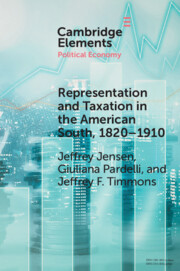
Representation and Taxation in the American South, 1820–1910
-
- Published online:
- 21 December 2023
- Print publication:
- 22 February 2024
-
- Element
-
- You have access
- Open access
- HTML
- Export citation
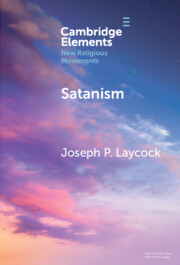
Satanism
-
- Published online:
- 20 December 2023
- Print publication:
- 07 March 2024
-
- Element
- Export citation
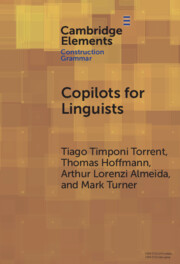
Copilots for Linguists
- AI, Constructions, and Frames
-
- Published online:
- 20 December 2023
- Print publication:
- 01 February 2024
-
- Element
- Export citation
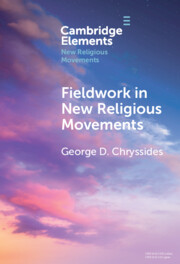
Fieldwork in New Religious Movements
-
- Published online:
- 20 December 2023
- Print publication:
- 22 February 2024
-
- Element
- Export citation
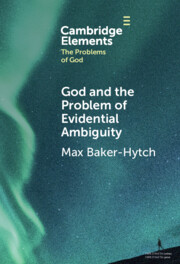
God and the Problem of Evidential Ambiguity
-
- Published online:
- 20 December 2023
- Print publication:
- 09 May 2024
-
- Element
- Export citation
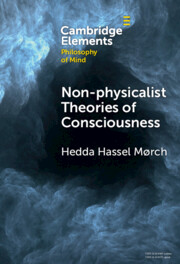
Non-physicalist Theories of Consciousness
-
- Published online:
- 20 December 2023
- Print publication:
- 01 February 2024
-
- Element
-
- You have access
- Open access
- HTML
- Export citation
